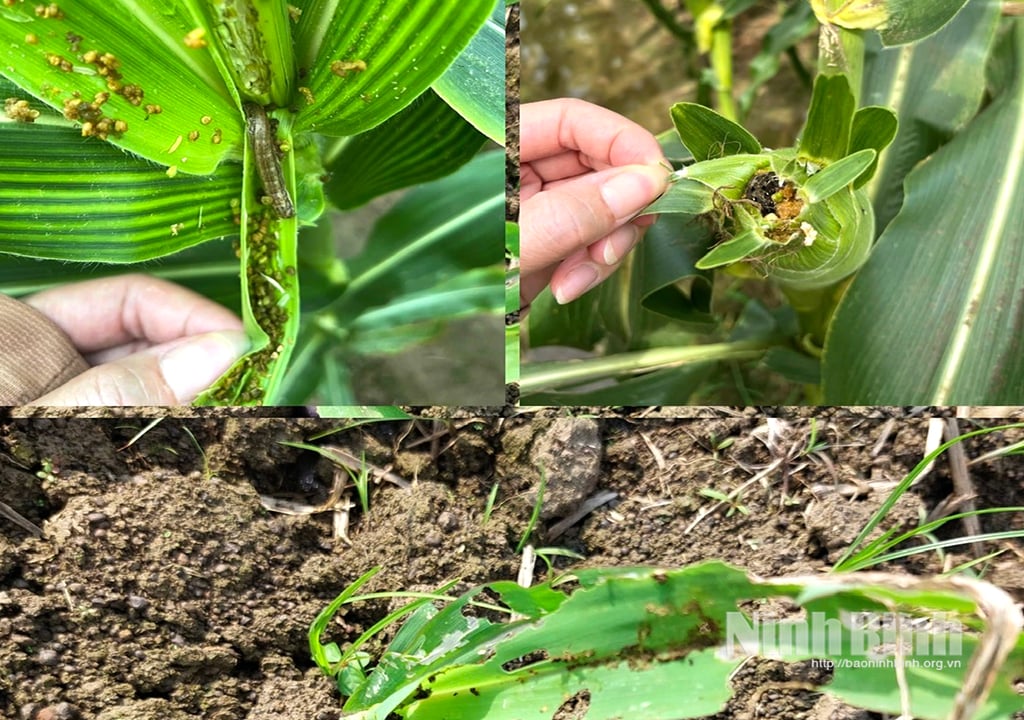
After many seasons of worrying about the dangerous pest - fall armyworm, Ninh Binh farmers now have a new "weapon" in their hands. The scientific topic on preventing and controlling fall armyworm has provided an effective process, helping to protect productivity, reduce costs and move towards sustainable agriculture .
terrible effects
Ms. La Thi Hao, a long-time corn farmer at Khuong Binh Cooperative, Yen Phong Commune, Yen Mo District, could not hide her anxiety when mentioning the fall armyworm: “Every time the corn crop comes, we are worried. This fall armyworm is very destructive, corn has only 2-3 leaves and has appeared. There are corn fields that are so badly damaged that they cannot be harvested. The cost of spraying is expensive but the effect is not effective because after spraying, a new crop appears.” Ms. Hao's words reflect the reality that many other farmers are facing.
According to the provincial Department of Crop Production and Plant Protection, the Fall Army Worm has the English name Fall Army Worm (abbreviated as FAW), scientific name Soodopfera ƒugiperda, belonging to the Lepidoptera order, Moth family. This worm species is capable of migrating thousands of kilometers. Due to being dispersed by wind, this worm can spread over a distance of 100 kilometers in just one night. In fact, the Fall Army Worm originated from the Americas but has invaded Vietnam since the beginning of 2019.
In Ninh Binh , since the 2019 Spring crop, fall armyworms have also appeared and caused widespread damage, with a common density of 3-5 worms/m2, up to 10-15 worms/m2 in some places, and over 20 worms/m2 in some cases. This has seriously affected corn growth and yield, even causing total loss in many areas. Nho Quan, Yen Khanh, Yen Mo districts, Tam Diep city, and Hoa Lu are the most severely affected areas.
It is worth mentioning that fall armyworms have great destructive power, high reproductive capacity, long egg-laying maturity period, and short larval stage. Moreover, the fact that corn fields often overlap (multi-crop biomass corn and corn grown for corn) creates favorable conditions for fall armyworms to always have a ready source of food, and the generations of worms overlap, making prevention and control difficult. Farmers in the past often only applied chemical spraying measures, but did not determine the correct time to spray, leading to having to spray many times or spray when the worms were already large, with the wrong medicine, low prevention and control efficiency, increasing production costs (estimated at 1.2-1.4 million VND/ha for each spray). This not only reduces economic efficiency but also poses the risk of drug resistance, greatly affecting the ecological environment and public health.
Every year, about 5,000 hectares of corn of all kinds are grown in Ninh Binh province, of which waxy corn and sweet corn account for more than 70% of the total area, mainly concentrated in the spring and winter crops. These are also the times when fall armyworms break out and cause serious damage, directly threatening the productivity and livelihoods of farmers.
This pest situation does not stop at crop damage but also poses a greater risk: dependence on chemical pesticides, causing high costs, reducing the quality of agricultural products and negatively affecting the environment and public health. Therefore, finding an effective and sustainable integrated control solution is no longer an option but has become an urgent requirement.
Faced with that urgent situation, the Provincial Department of Crop Production and Plant Protection has implemented the Project "Research and improvement of technical measures to prevent and control fall armyworm Spodoptera frugiperda JE Smith in corn suitable for ecological conditions in Ninh Binh province". The project will be implemented from January 2024 to September 2025.
“Light” from the synthetic solution
Ms. Nguyen Thi Nhung, Head of Technical Department, Department of Crop Production and Plant Protection of the province, Project Manager shared: “Our goal is not only to do theoretical research, but more importantly, to find practical, effective solutions that are suitable for the farming conditions of Ninh Binh farmers. To do that, we have focused on building and implementing experimental models right in the fields”.
Ms. Nguyen Thi Nhung further explained: “The research process of the topic was carried out in a systematic and scientific manner. We conducted 04 experimental models at the cooperatives of Quynh Luu (Nho Quan), Khuong Du (Yen Mo), Khuong Binh (Yen Mo) and Hoa Tien (Gia Vien). Here, we simultaneously tested 4 main measures: seed treatment, using pheromone traps to attract and kill adults, using biological pesticides, and using chemical pesticides, along with control measures according to people's farming practices. This helps us objectively evaluate the effectiveness of each measure in real conditions”.

Results from experimental models in the Spring and Winter crops of 2024 have confirmed that the combination of pheromone trapping and chemical spraying when the threshold is reached are two effective measures to manage fall armyworm. Based on these positive results, two demonstration models have been successfully built at Khuong Binh Cooperative (Yen Phong Commune, Yen Mo District) and Hoa Tien Cooperative (Gia Hung Commune, Gia Vien District), with a scale of 3 hectares each, focusing on applying pheromone trapping and chemical spraying to prevent and control fall armyworm.
Mr. Mai Van Ai, Director of Khuong Binh Cooperative, Yen Phong Commune, Yen Mo District, enthusiastically shared about the effectiveness of the demonstration models: “When we were exposed to the new integrated control process of the project, we found it very effective. Setting pheromone traps has significantly reduced the number of adult fall armyworms, thereby reducing the number of larvae. When larvae appear, we are instructed to spray chemicals at the right time and in the right dosage, thanks to which the corn plants are much less damaged. The cost of pesticides is also significantly reduced, while corn yields are protected.”
The greatest success of the project is the completion of the Technical Process for preventing and controlling Fall Armyworm in corn with high efficiency, suitable for different ecological conditions in Ninh Binh province. This process helps protect production, minimize the use of pesticides, contribute to improving the quality of agricultural products, protecting the health of consumers and the environment, towards safe, sustainable and environmentally friendly agricultural production.
In order for this new technical process to be widely disseminated and applied in production practices, the provincial Department of Crop Production and Plant Protection is promoting propaganda, dissemination and transfer to farmers in the province. When the completed process is put into production, it will help protect the yield and quality of corn, especially corn varieties with high commercial value such as sweet corn, vegetable corn, strengthen consumption links with enterprises purchasing raw materials for processing export products, facilitating the expansion and improvement of production and business efficiency. This is the light of hope, helping Ninh Binh farmers to be more confident in the fight against fall armyworm, towards a green, sustainable agriculture.
PROCEDURE FOR PREVENTING AND CONTROLING FALL OLD EARLY WORM FROM DAMAGED CORN The technical process for preventing fall armyworm on corn in Ninh Binh focuses on comprehensive measures, prioritizing the reduction of the use of chemical pesticides, especially for commercial corn: * Seed treatment: Only apply to corn varieties that are not resistant to fall armyworm, using an approved seed treatment according to the manufacturer's instructions. * Set Pheromone traps or sweet and sour baits: - Place Pheromone traps (20 traps/ha) to kill adult fall armyworms, should be placed simultaneously in corn fields. - Time to set traps: Set traps as soon as the corn has its first leaves and maintain them throughout the corn crop, but most importantly from 1-2 days before sowing until flowering and silking. - For sweet and sour bait, place 50-100 traps/ha, add bait every 3-5 days. * Chemical measures (Only when necessary): - Regularly check worm density. Only spray when 1st-2nd instar larva density exceeds 4 larvae/m2. - Use pesticides in the permitted list, complying with the "4 rights" principle (right drug, right time, right way, right concentration and dosage). - Rotate the use of different active ingredients to avoid pesticide resistance. - Spray evenly on leaves and corn shoots. Avoid spraying in areas with parasitic wasps and natural enemies. - Some recommended drugs: Radiant 60SC; Proclaim® 5WG; Match 050EC. |
Source: https://baoninhbinh.org.vn/noi-am-anh-sau-keo-mua-thu-va-cuu-canh-tu-giai-phap-phong-946839.htm










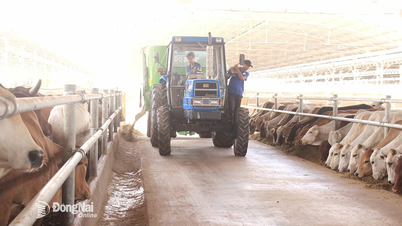







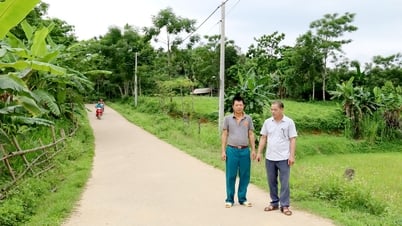





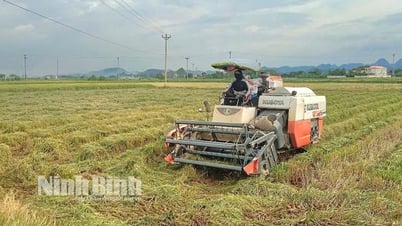










































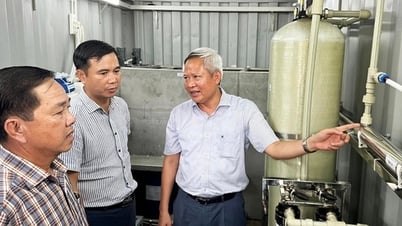




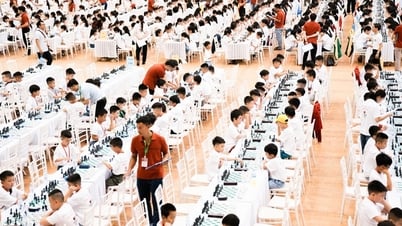




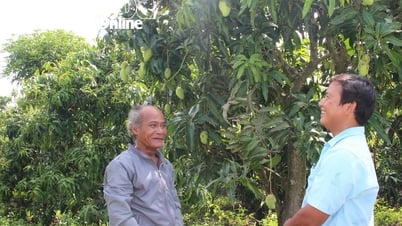



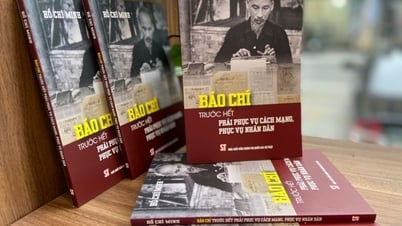
















Comment (0)